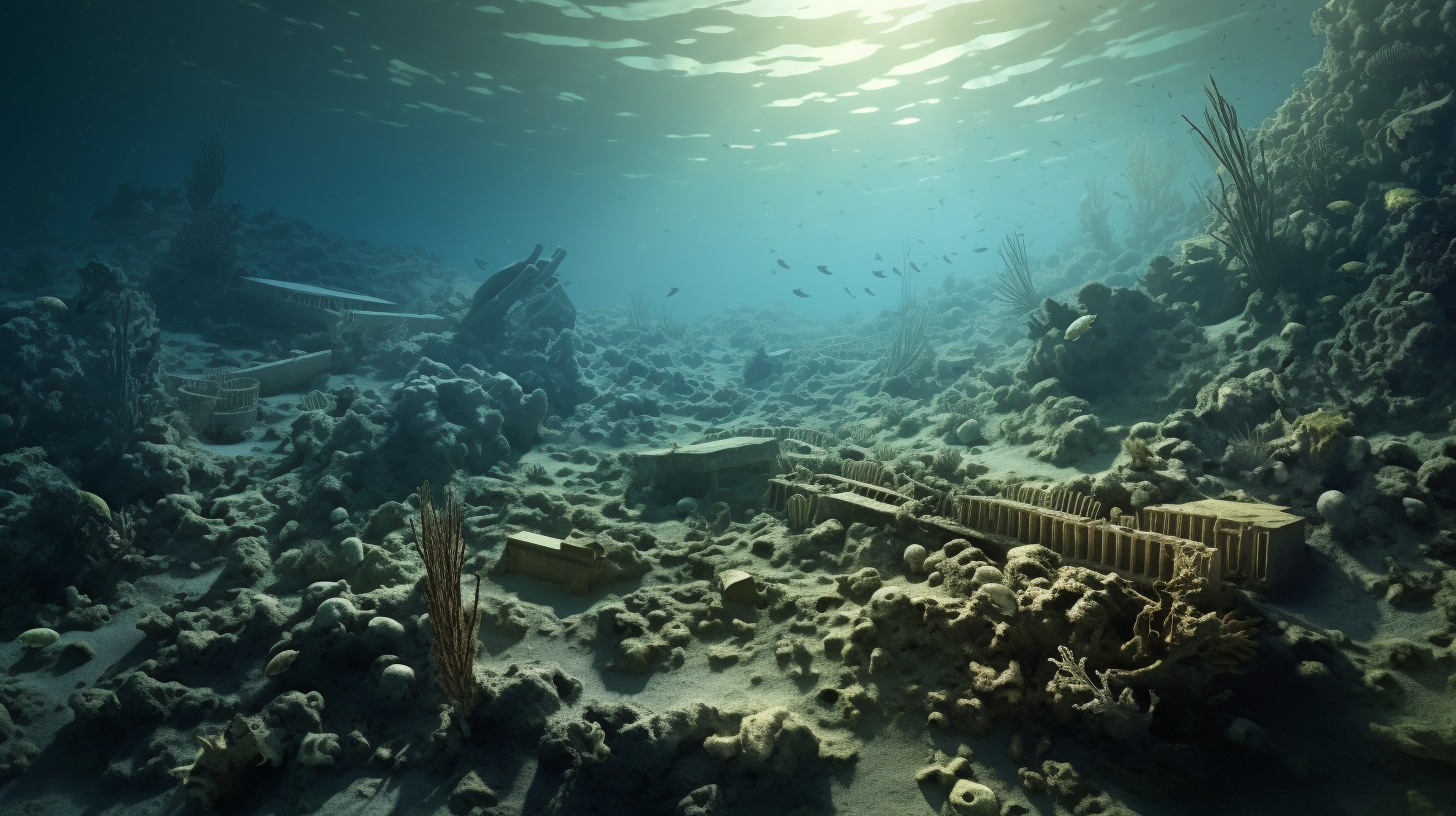The azure allure of the oceans has long been a balm for weary souls, an inspiring muse for artists, and a treasure trove for marine life. Yet, as we delve beneath the waves today, we are met with a harrowing vista: swathes of barren wasteland—an underwater cemetery where once thrived the vibrant, life-sustaining coral reefs.
Laid to eternal rest, the bleached skeletons of these once colorful underwater cities stand as somber monuments to a world where inattention and neglect have exacted a grim toll. The transformation is stark, given the contrast painted in yesterday’s vivid article, ‘Vanished Sands – The Beaches We Will Never See Again’, which depicted the eroded charm of our world’s beaches. Now, we envisage the ocean’s depths of despair – the coral graves.
These once resplendent underwater ecologies are not merely aesthetic marvels but the backbone to maritime life. Serving as the nurseries to a quarter of all marine species, the significance of coral reefs cannot be overstated. They act as crucial breakwaters, dissipating the force of waves and shielding our coastlines. As we have witnessed the sands retreat, so too the coral sentinels are vanishing, leaving our shores vulnerable and marine biodiversity at risk.
In an interview with Dr. Marisa Ortega, a leading marine biologist, the cause of this calamity emerges from her description: “Climate change, coupled with destructive fishing practices and pollution, is orchestrating this tragedy. The rising ocean temperatures cause corals to eject their life-giving algae, leading to a process called bleaching. If the stress continues, these corals starve and perish.”
Dr. Ortega warns us, the problem is a chain reaction. The death of coral reefs impacts fish populations, which in turn affects larger marine predators, and the ramifications spiral all the way up to us—the ultimate apex predators who depend on the ocean for food, livelihood, and even the air we breathe.
The story of our oceans is, in essence, a story of connectivity and consequence. Just as the sands of yesterday’s beaches cling to the memory of footprints long washed away, the seas remember the vibrant life that once flourished in their embrace. It is a poignant reminder that our environmental transgressions are not isolated incidents, but interconnected failures with far-reaching impacts on the tapestry of life.
And yet, amidst the rubble of these underwater graveyards, lies a story of hope. Conservation efforts and reef restoration projects beacon like lighthouses in the fog. Innovators are developing artificial reefs and repopulating them with resilient coral species that can withstand warmer temperatures. Community involvement is at an all-time high, with local groups taking the lead in protecting and nurturing their coastal wonderlands.
Let us not forget, these efforts are more than acts of environmental charity; they are investments in our collective future. Every polyp planted and every reef regenerated is a step closer to rebalancing an ecosystem that sustains us in myriad unseen ways.
In closing, Beneath the Waves, Coral Graves is not just a dirge for what we have lost but an anthem for what we can still save. It serves to jolt us from lethargy and ignite a flame of action in a world grown accustomed to the comfort of distance from the consequences of environmental neglect. The message is clear: our world’s beauty and life support system lie in our hands, under our stewardship, and we are called to respond with urgency and resolve.
